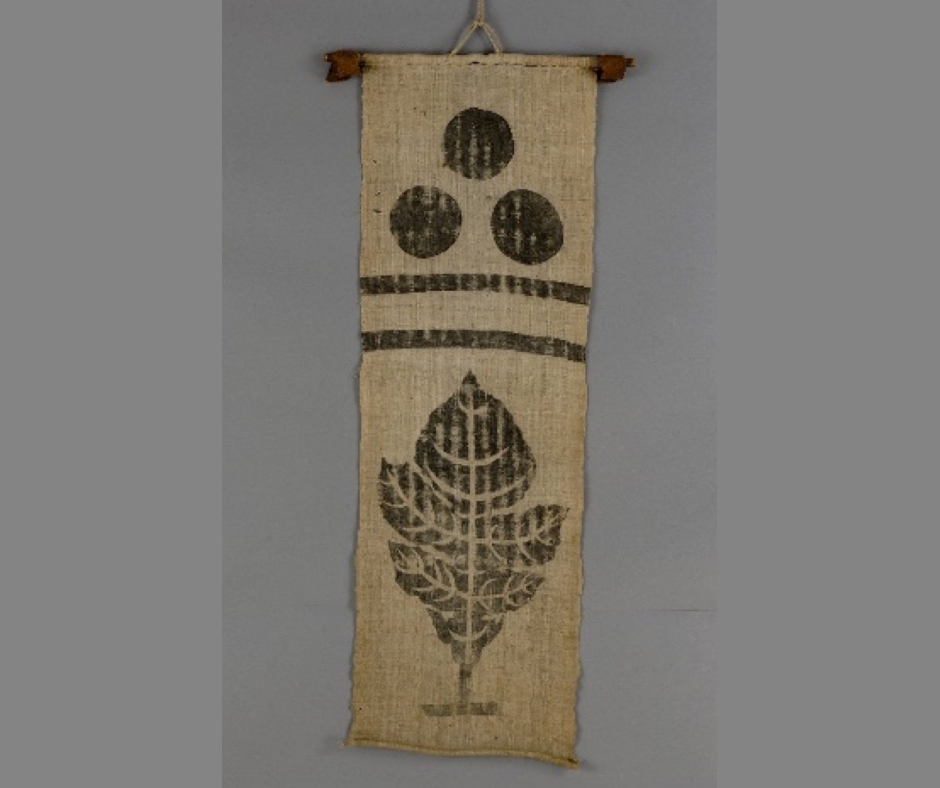 |
Old banner with the Matsura family crests
(Prefectural Tangible Cultural Property)
1562 |
This banner is thought to have been used as a flag on a ship during the time of the 25th head of the Matsura family, Matsura Takanobu (Dōka) who lived from 1529-1599. The flag is dyed with the three family crests of the Matsura family: the crest of three circles, the crest of two horizontal lines and the crest of the paper mulberry leaf. |
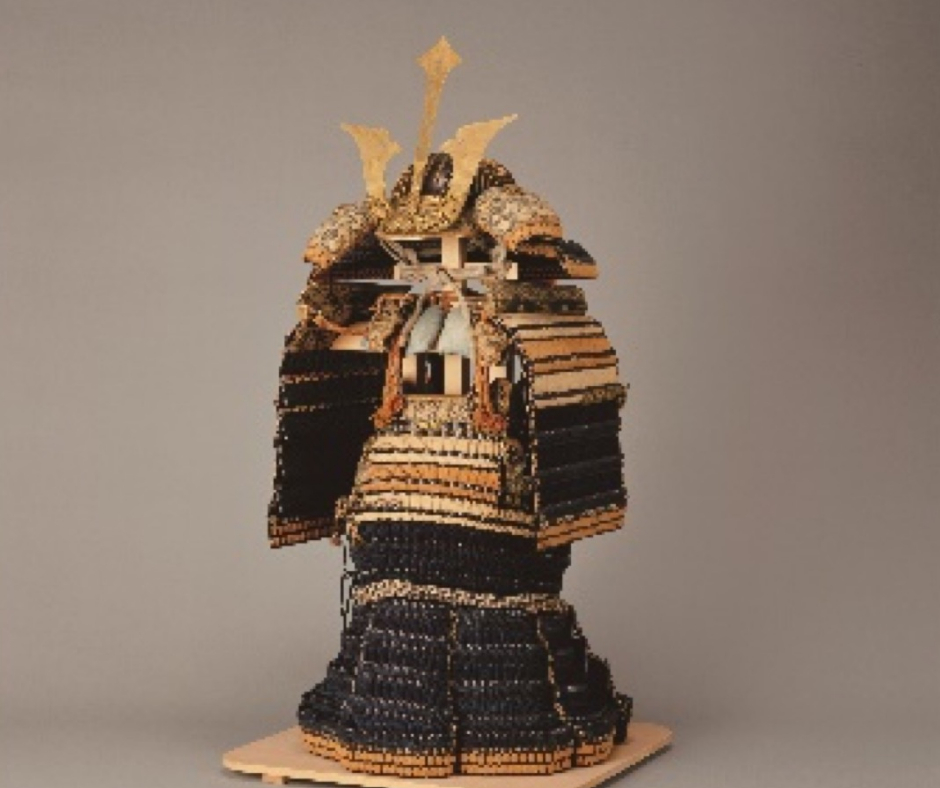 |
Ōtomo Armor
(National Important Cultural Property)
Mid-16th Century |
This is a Dōmaru type of armor.
Matsura Shigenobu (Hō’in), the 26th head of the Matsura family received this armor from Ōtomo Sōrin, the Christian daimyo of Bungo province (roughly present day Ōita prefecture). This splendid armor shows exquisite manufacturing techniques and shapes and has typical characteristics from the late Muromachi period (mid 16th century). |
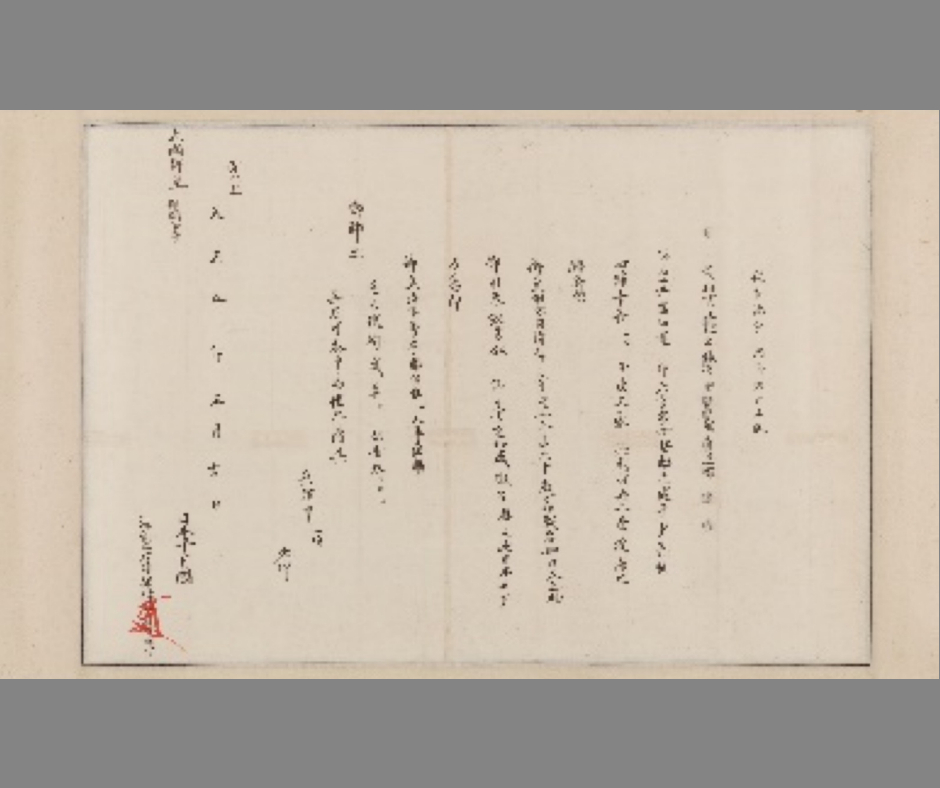 |
Letter to the King of Siam
1577 |
This is an original copy of the letter written by the 26th head of the Matsura family, Matsura Shigenobu (Hō'in), to ask for permission to trade with Siam (current Thailand).
From 1532 until 1554 Wang Zhi, a Chinese merchant and leader of the largest Wokou group (armed trading groups) in East Asia, set up his base in Hirado. Through the activities of the late period Wokou groups and the trade with Ming China, Hirado enlarged the scope of its international trade. This letter is written in the midst of this process, and shows the proactive stance that Shigenobu took to develop the international trade further. |
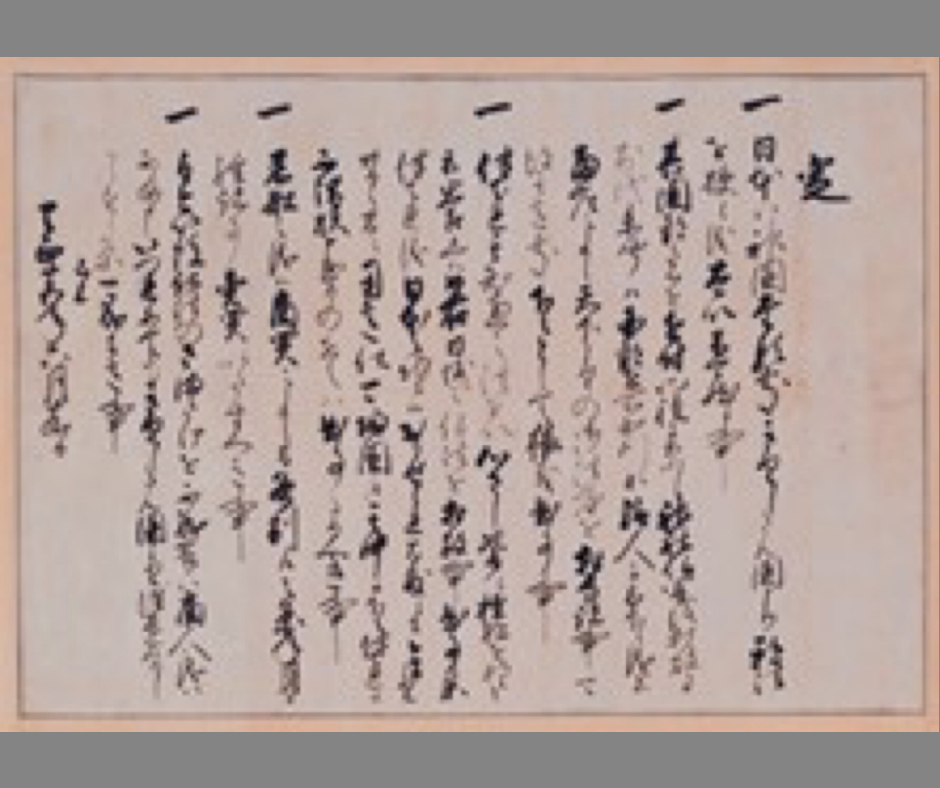 |
Decree on prohibition of Christianity issued by
Hideyoshi Toyotomi
(Prefectural Tangible Cultural Property)
1587 |
After Toyotomi Hideyoshi defeated the Shimazu clan in southern Kyushu he issued this decree in Hakata in 1587 on his way back to the capital. This decree is also referred to as the `Order to Expel Jesuit Missionaries`. This important historical document was the first one in history that banned Christianity in Japan. |
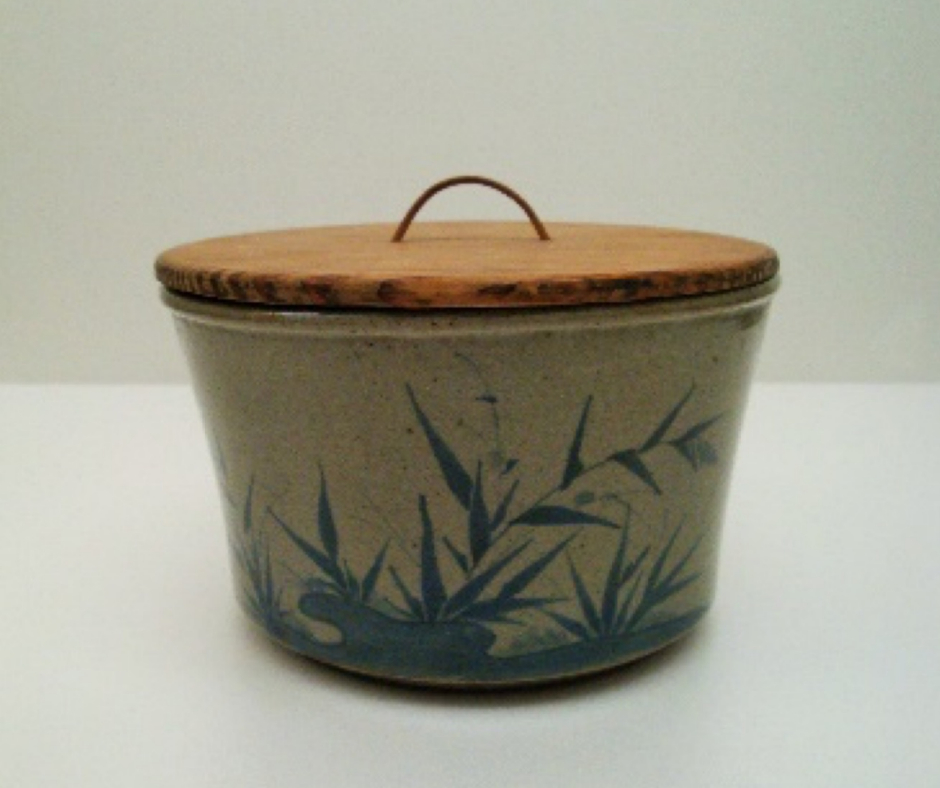 |
Jug with Reeds
(Water pitcher with cobalt blue underglaze decorations)
Early 17th Century |
This is Nakano ware, which was produced at the official kilns of the Hirado domain in Nakano village. This water pitcher with the blue underglaze painting of reeds is a typical example of Nakano ware.
When the 26th head of the Matsura family, Matsura Shigenobu (Hō'in) returned from the Korean peninsula he brought back with him over a hundred Koreans among whom the potter Koseki. Shigenobu ordered the opening of a pottery kiln in 1598, which was the kiln in Nakano village in the middle of Hirado Island. For only around 50 years the kilns produced beautiful Nakano ware. In 1650 most of the industry was relocated to the Mikawachi area in the southeast of the Hirado domain (currently part of Sasebo city). |
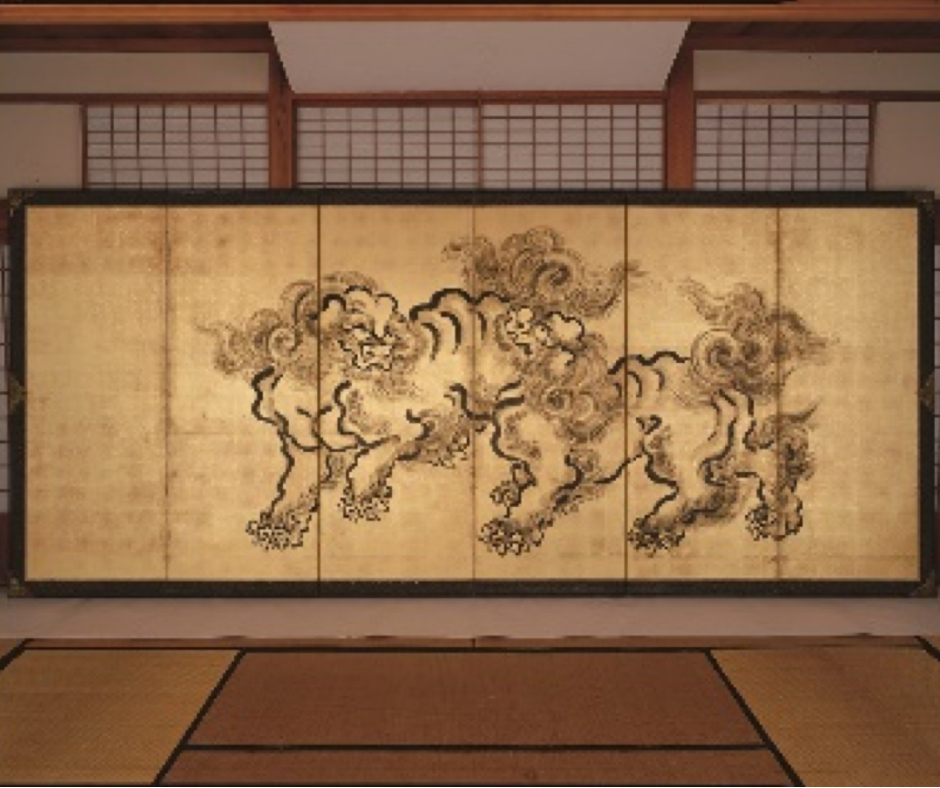 |
Mad Lions Folding Screens
17th Century |
This pair of folding screens was drawn by Kanō Tan’yū (1602-1674), one of the official artists of the Tokuguwa Shōgunate. The folding screens became part of the Matsura family collection and were shown to the Taishō Emperor (1879-1926) at the Matsura family residence in Asakusa, Tokyo. |
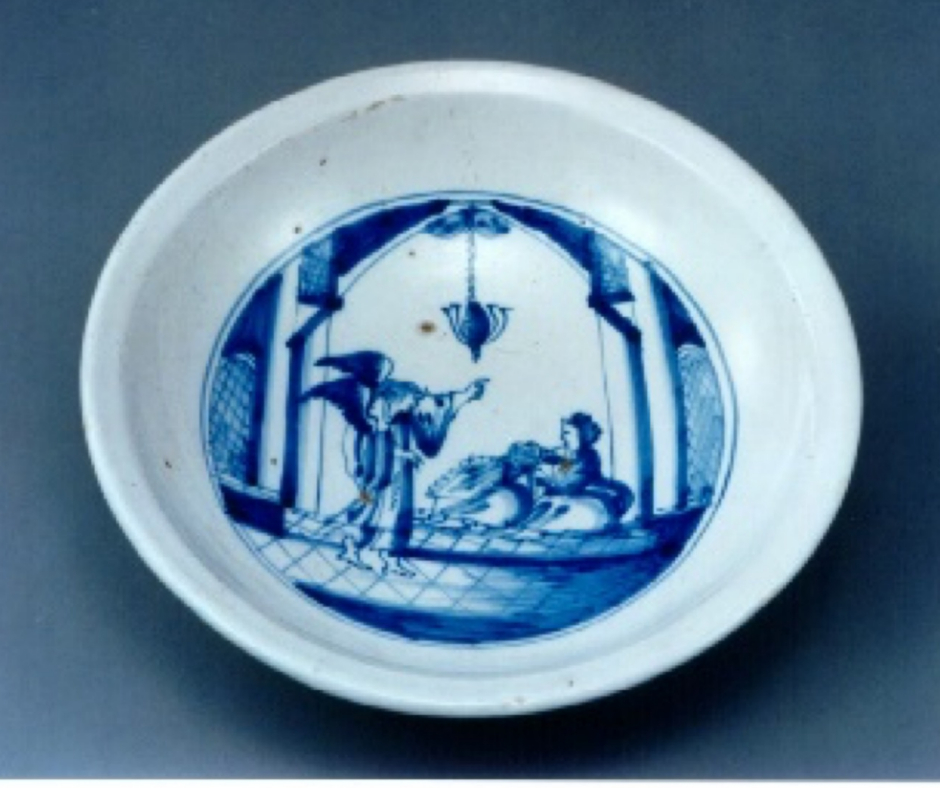 |
Plate with Annunciation Scene
17th Century |
This plate was made in 17th century Delft, a Dutch city with a flourishing pottery industry at the time. The decoration depicts the annunciation scene in which the angel Gabriel (left) announces to the Virgin Mary (right) that she would conceive and become mother of Jesus, the Son of God. |
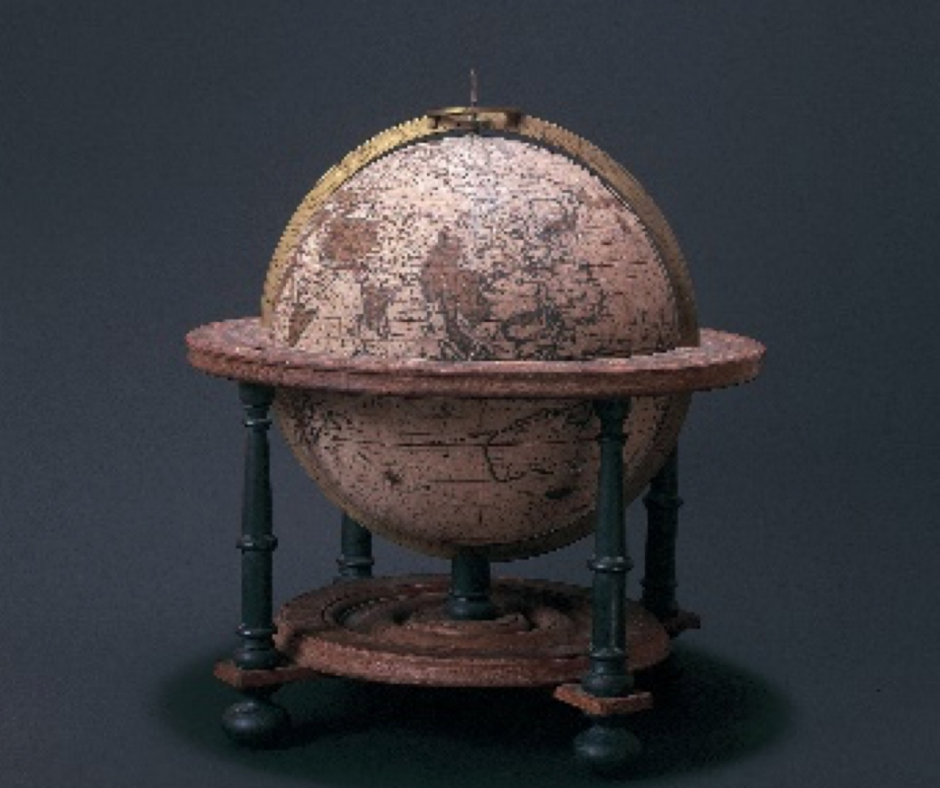 |
Terrestrial Globe
(Prefectural Tangible Cultural Property)
1700 |
Obtained through the Dutch trade in Dejima by the Hirado lord Matsura Seizan. This globe, produced by Gerard Valck and his son Leonard in Amsterdam, is even now still in a very good state of preservation. A characteristic of the globe is the large number of lines drawn in all directions on the sea-chart, which nowadays are no longer necessary, but back then were essential for navigation at sea. |
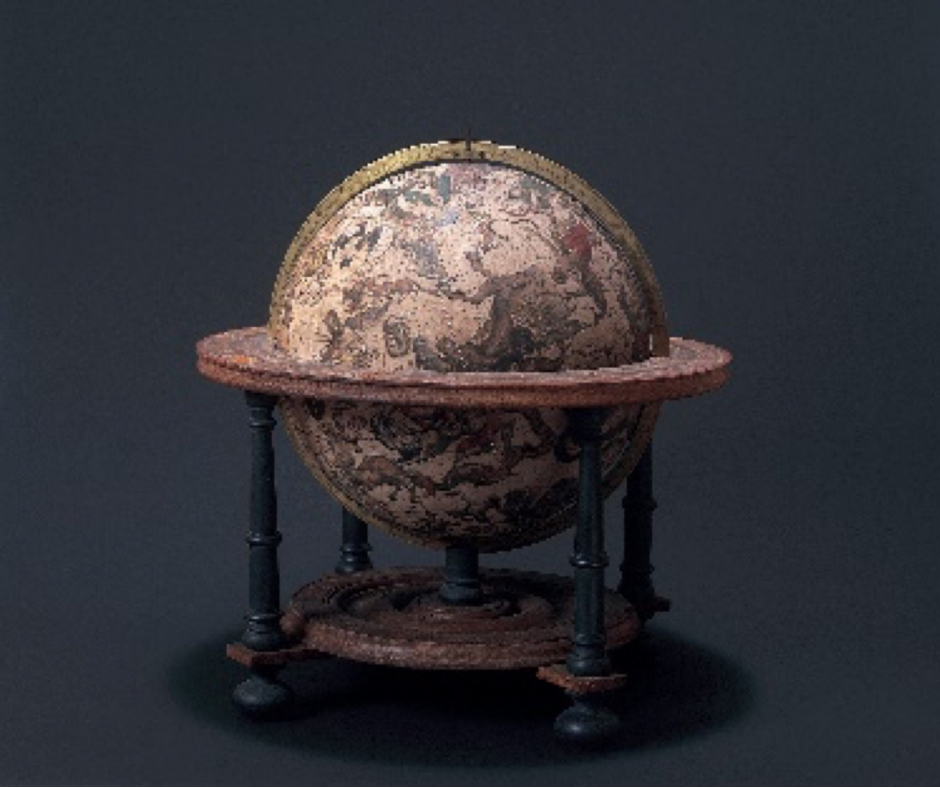 |
Celestial Globe
(Prefectural Tangible Cultural Property)
1700 |
This celestial globe was manufactured in Amsterdam by Gerard Valk and his son Leonard.
It is marked with Serial Number No.8.
This is an object from the collection of Matsura Seizan (1760-1841), the 34th head of the Matsura family. |
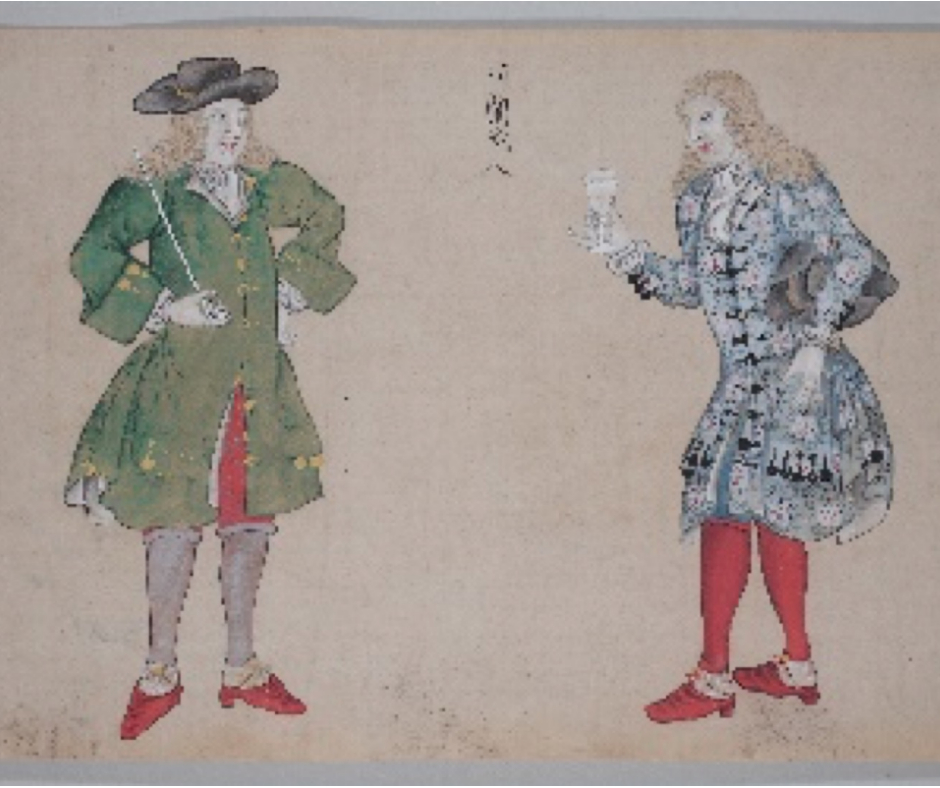 |
A scroll depicting foreign figures
Early 18th Century |
Drawings of 43 non-Japanese figures, including Asians and Europeans such as the English, Dutch, Portuguese and Spanish.
A Hirado fief record indicates that the drawing was made at the time of Matsura Atsunobu (1684-1756), the 31th head of the Matsura family, by painters of Nagasaki. |
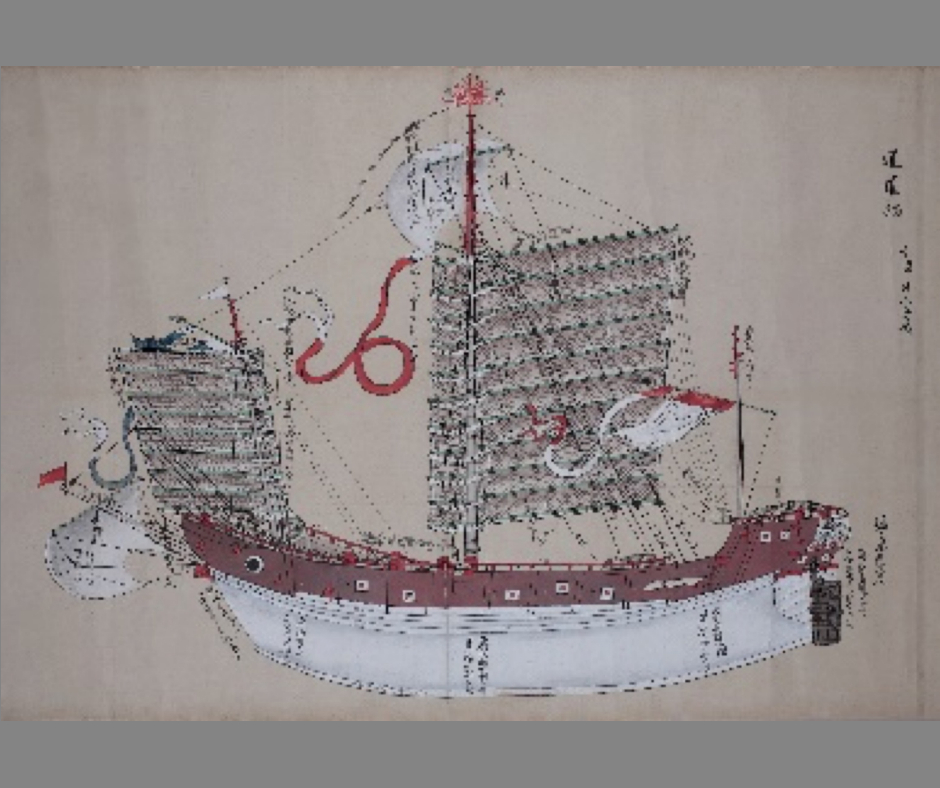 |
Scroll of Foreign Ships
(Prefectural Tangible Cultural Property)
Mid 18th Century |
This scroll depicts 12 foreign ships that came to Japan at some point. The artist and year of creation are unknown. On every drawing it mentions the exact measurements of the ships. This scroll is considered to be created for study purposes since it is drawn with a lot of technical aspects and details of the ships. |
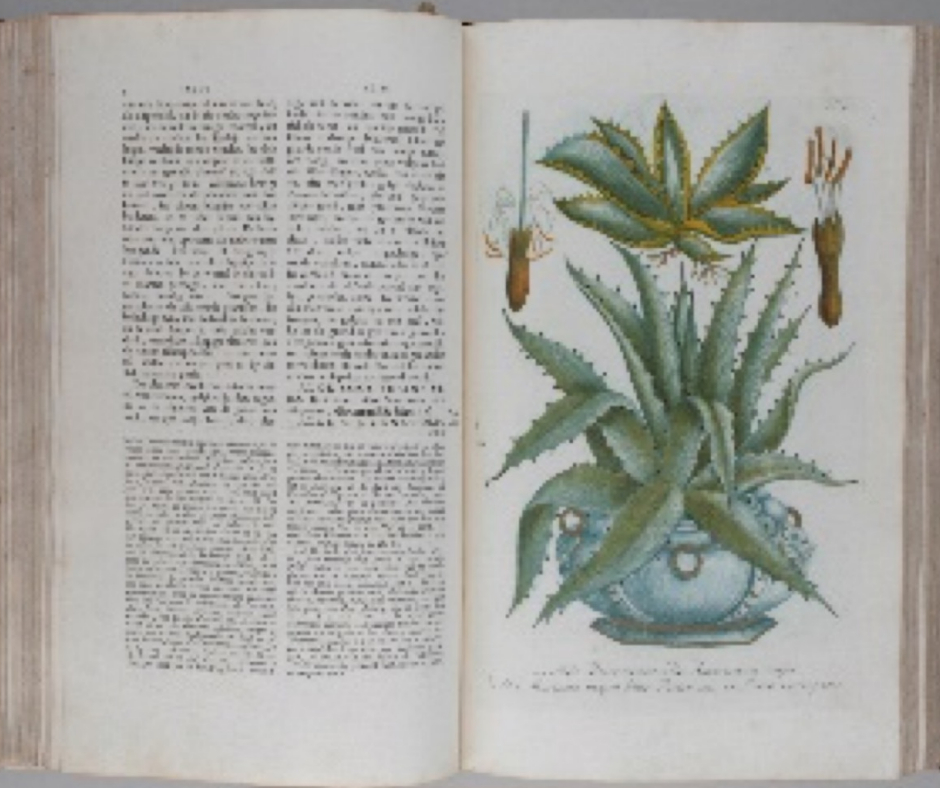 |
Phytanthoza Iconographia
18th Century |
The author of this plant encyclopedia is Johann Wilhelm Weinmann
The original books of the plant encyclopedia by Weinmann were in German. This is a copy translated into Dutch. The plants are listed in alphabetical order, each with an explanation and detailed coloured illustrations. |
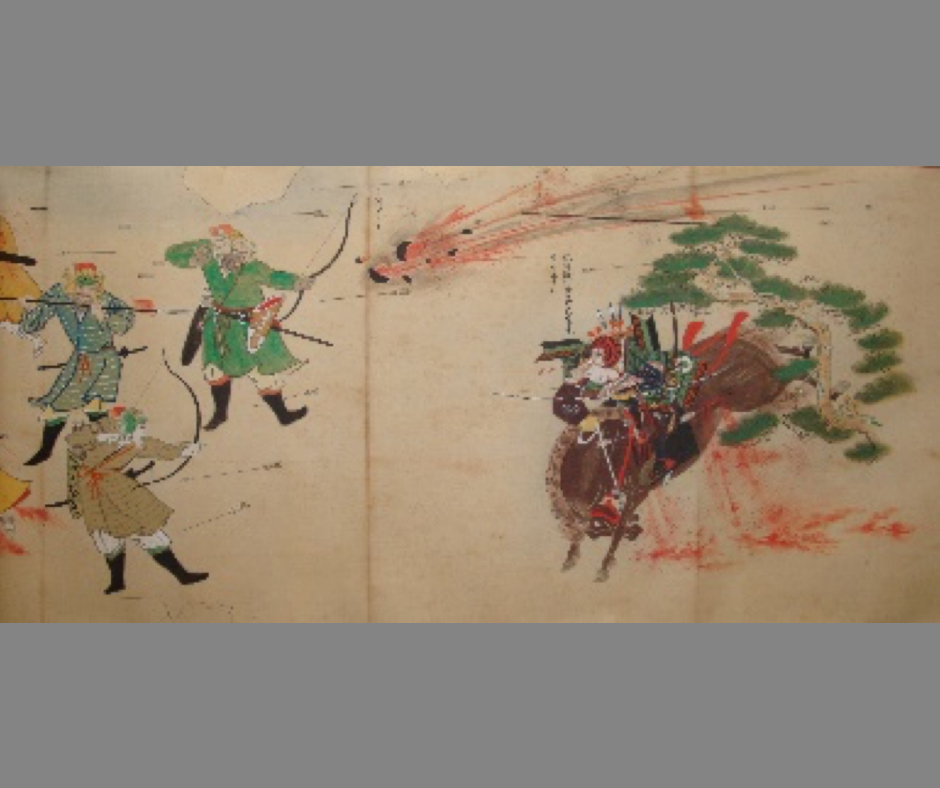 |
Copy of the Illustrated Account of the Mongol Invasion
18th Century |
Matsura Kiyoshi (Seizan) had this copy of the Illustrated Account of the Mongol Invasion made in Tokyo during the Kansei era (1789-1801). The original scroll was from the late Muromachi period (1336-1573), which was being repaired around the same time. This scroll was copied from the original (now part of the Museum of the Imperial Collections in Tokyo) before it was repaired. As such, it is an important document for research on the original scroll.
One of the battles during the first Mongol invasions of Japan took place on the 16th and 17th October 1274 in the seas near Hirado during which hundreds of Matsura relatives were killed. |
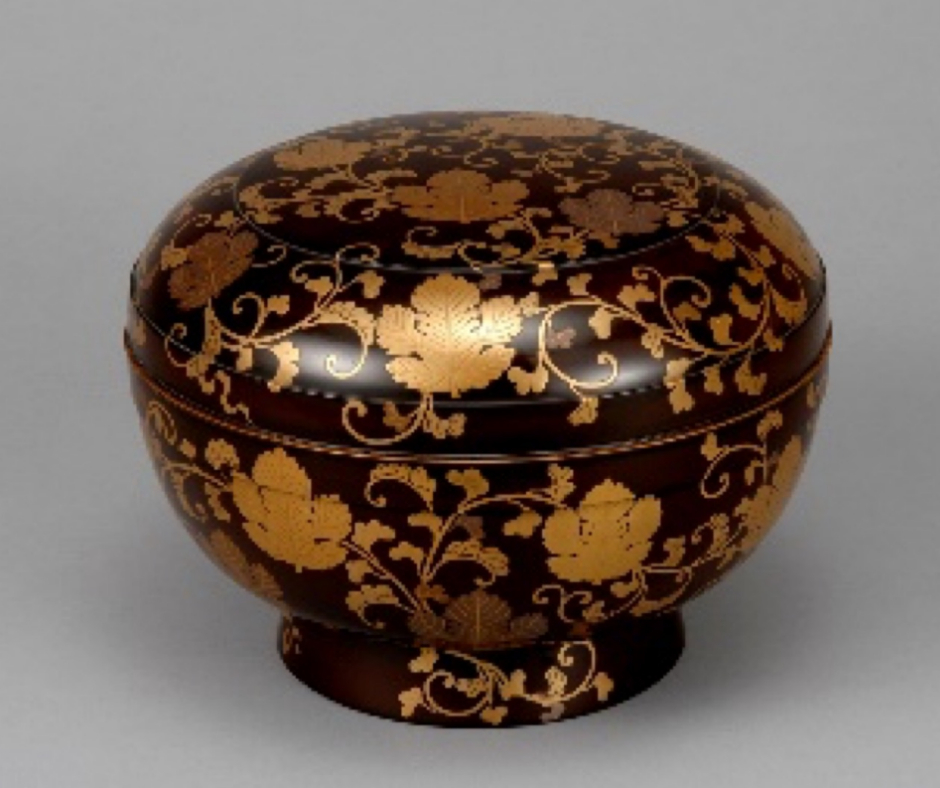 |
Food container
Late 18th Century |
This food container was used to serve food to important guests. It was also valued as a display item in the reception room for visitors. |
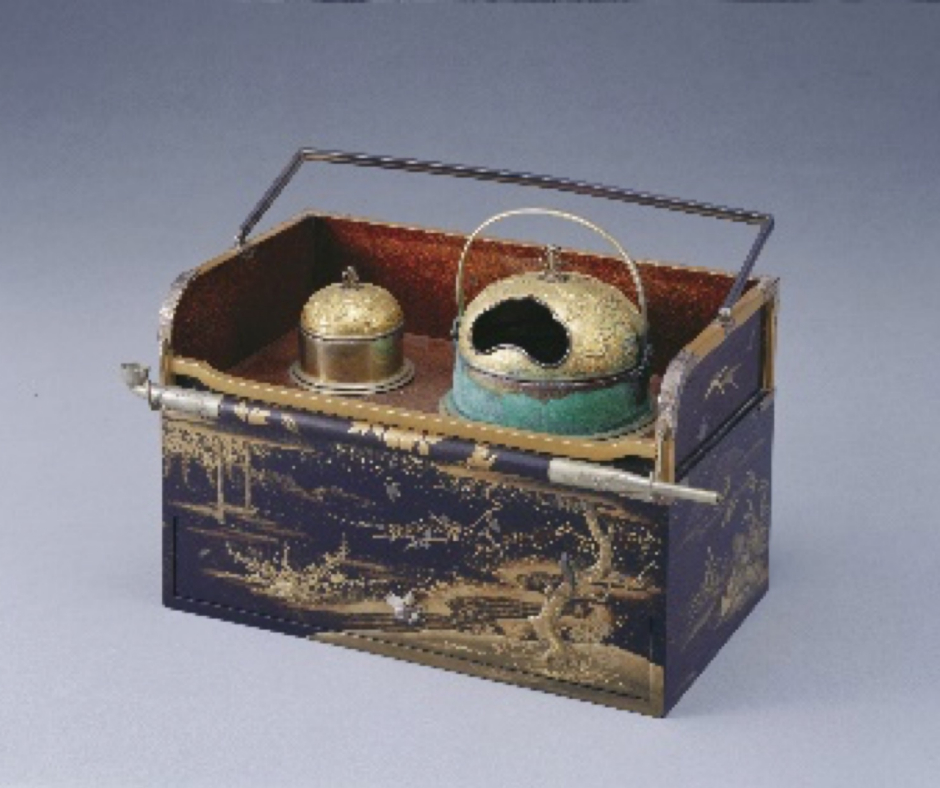 |
Tabacco Tray
1808 |
The black base lacquer is adorned with fine drawings of a landscape with flowers and birds made from gold and silver lacquer.
On the top surface of the case are a brass fire pot and ashtray. At the bottom is a drawer for storage. The metal washer beneath the drawer handle has a mulberry leave design, one of the family crests of the Matsura family. |
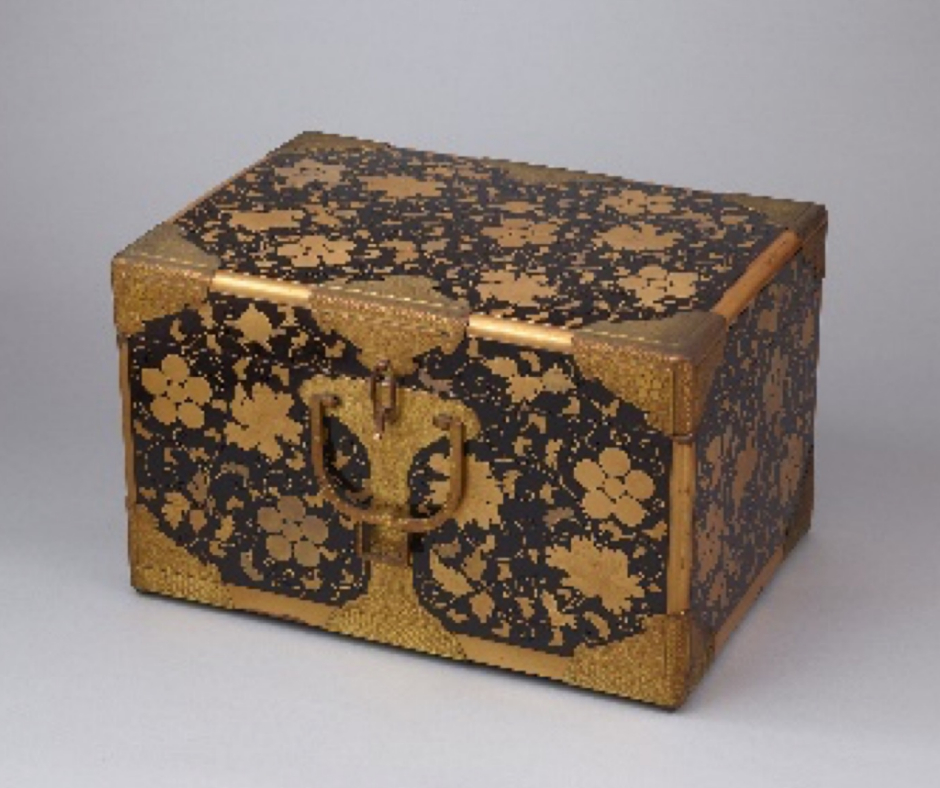 |
Hasamibako (Portable Storage Chest)
1808 |
These portable storage chests were filled with clothes or other items. A pole would be attached so they could be carried over the porter’s shoulder.
This chest does not carry the family crest of the Matsura family but one with a plum blossom design. This is because this particular hasamibako was part of the dowry of princess Shin, who married to Matsura Hiromu (35th head of the Matsura family). She was the daughter of Matsudaira Sadanobu, lord of the Shiragawa domain and the plum blossom design with the five dots was the Matsudaira family crest. |
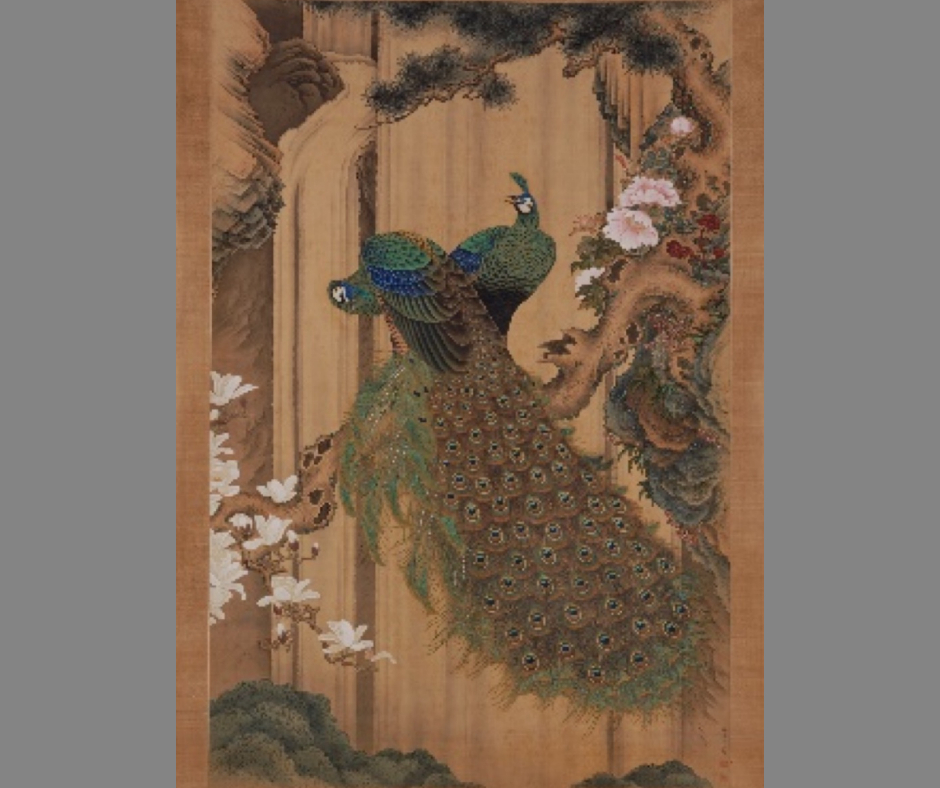 |
Peacock Scroll
Early 19th century |
Kuma Sadahachi (1752-1813) was a samurai and vassal of the Hirado domain. He was also known by his artist name Jyokōshin. Even though he was not a painter by profession he mastered himself in the Nanpin School of painting and was specifically skillful in painting birds and flowers. He was ordered to paint this work by Matsura Hiromu, the 35th head of the Matsura family. It has become one of his signature works. |
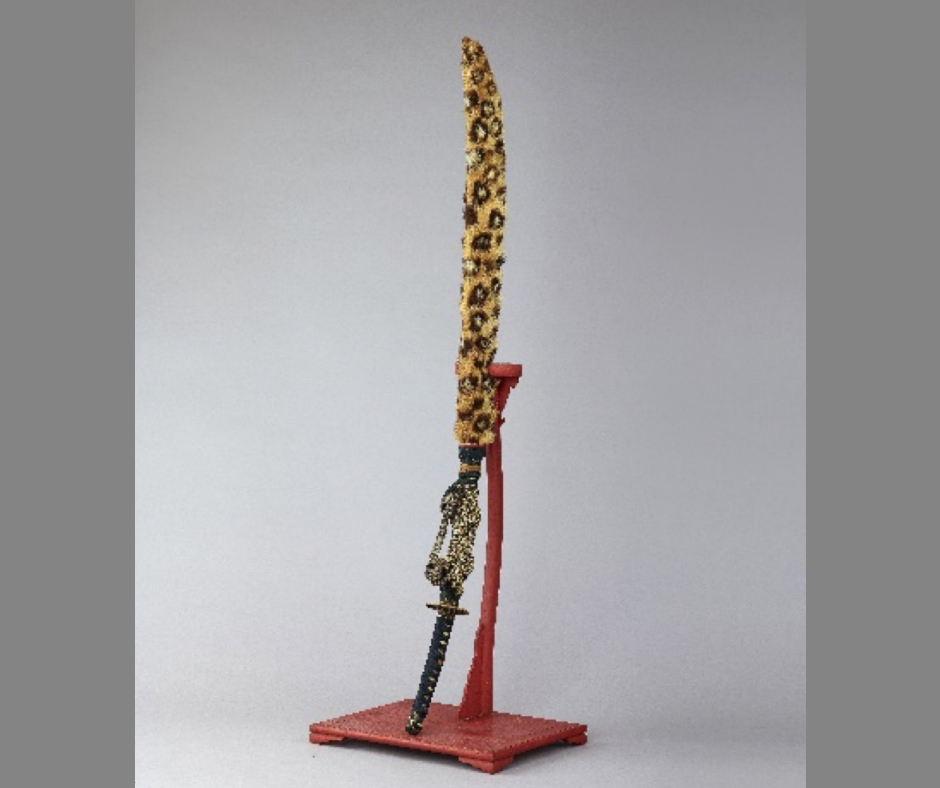 |
Scabbard with Family Crests
19th Century |
The hilt (grip) of this Tachi sword is decorated with two family crests of the Matsura family: the crest of the three circles and the crest of the paper mulberry leaf. The scabbard has a cover made of leopard skin and the rope is also made in such a way that it has a leopard skin pattern. The scabbard itself is again decorated with the Matsura family crest. |
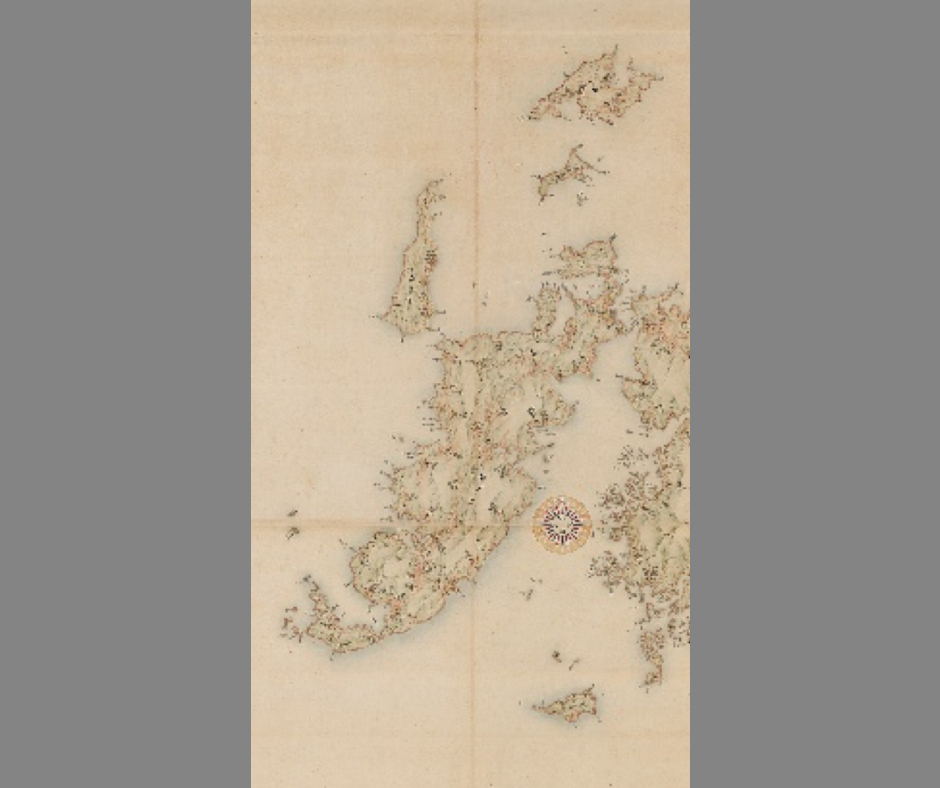 |
Inō’s Map of Hirado Island
1822 |
Famous cartographer Tadataka Inō surveyed the Hirado domain during his 8th survey mission. Tadataka Inō met with Kiyoshi Matsura and Hiromu Matsura (34th and 35th heads of the Matsura family) and secretly promised them to make accurately measured maps of the Hirado domain and give it to them. However, before the maps were finished he passed away. After that, Inō’s apprentice Keizō Hoki made the Hirado maps based on real measurements, which were presented to the Matsura family by astronomer Kageyasu Takahashi. |
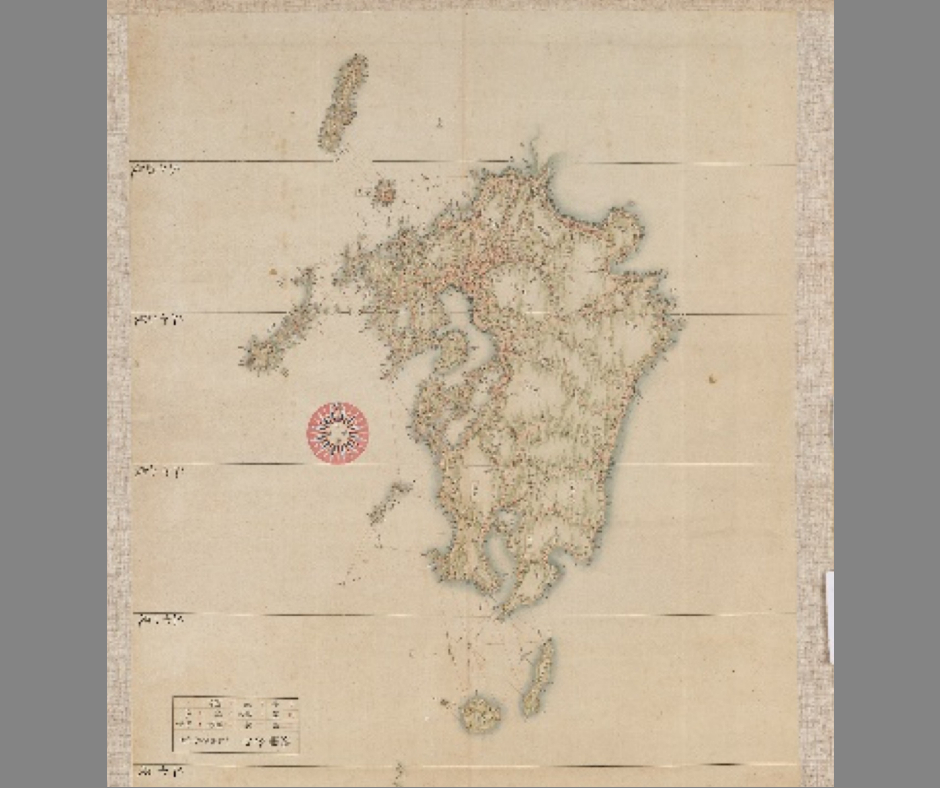 |
Inō’s Map of Kyushu
1822 |
This is a small map of the whole of Kyushu. It is drawn on a scale of 1:432,000. The map has little pinholes in it because pins were used to make accurate copies.
It also shows one half of a stamp. By lining up this half of the stamp with its other half on another map the 2 maps could be lined up accurately. No meridians are drawn on this map. |
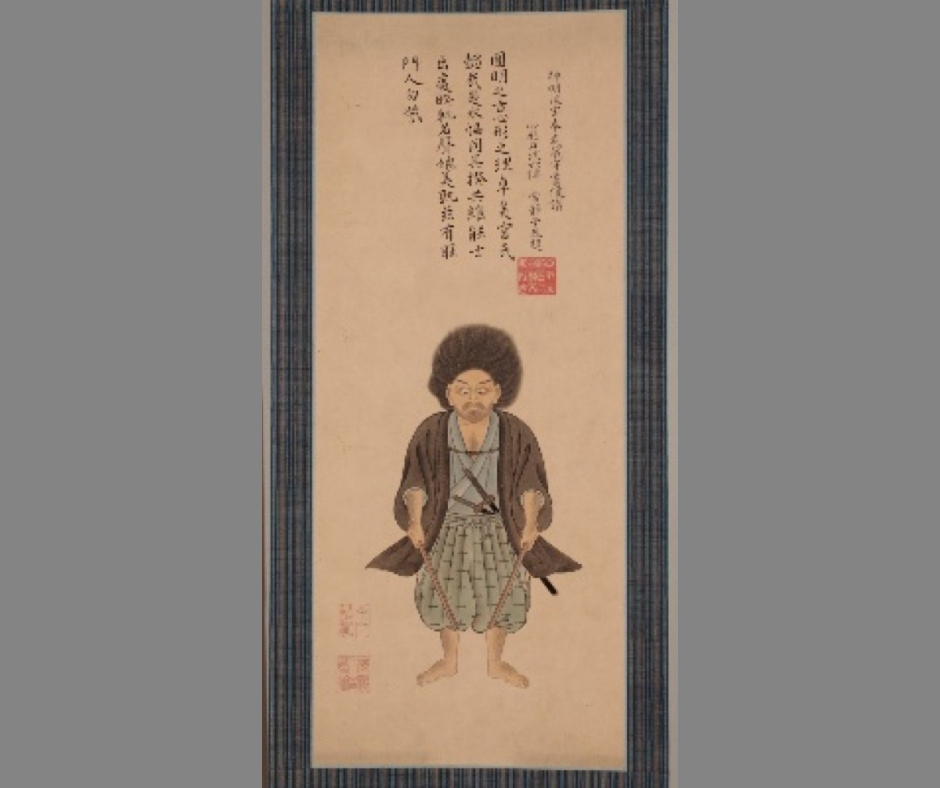 |
Portrait of Miyamoto Musashi
1827 |
This is a portrait of the famous swordsman Miyamoto Musashi who lived at the beginning of the Edo Period (1603-1868). The sumo wrestler Hiodoshi who was sponsored by the Hirado domain saw the original portrait of Miyamoto Musashi in Hiroshima. He brought a copy of the painting back to Seizan, lord of the Hirado domain. Seizan, who was a skillful swordsman himself, thought that this was a very precious portrait and had this replica made by a vassal. |
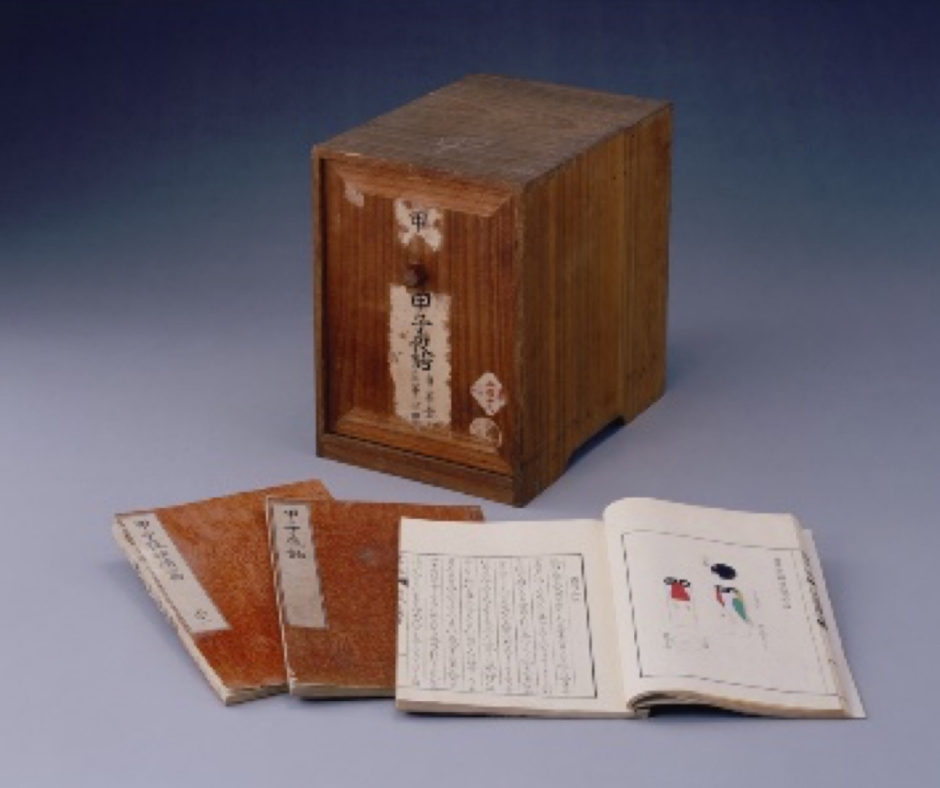 |
Kasshi Yawa
(Prefectural Tangible Cultural Property)
1821-1841 |
Kasshi Yawa is the name of a collection of essays written by Seizan after his retirement as ruler of the Hirado domain. The title of his essays means Kasshi Nighttime Stories as he started writing on the evening of the date called Kasshi. He kept writing until his death in 1841. With 278 volumes it became a vast collection of essays. He wrote on a wide range of topics at that time; natural phenomena, societal customs, people, law, religion, foreign diplomatic relations, mythological creatures, etc. Kasshi Yawa is acclaimed as a very important source of information on the Edo period (1603-1868). |
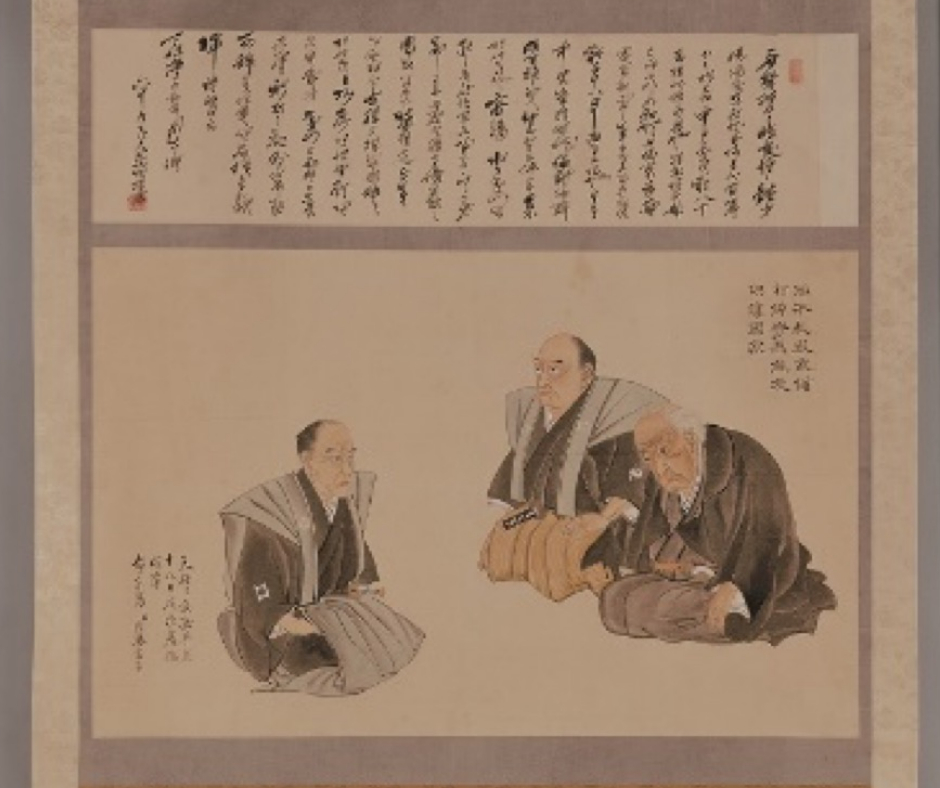 |
The Three Friends
1840 |
On a certain day in 1840 the lord of the Mito Domain, Tokugawa Nariaki, invited Matsura Seizan (lord of the Hirado Domain), Ōzeki Masunari (lord of the Shimotsuke - Kurobane Domain) and Sanada Yukitsura (lord of the Shinshū - Matsushiro Domain) to his estate and had them drawn by painter Naitō Narimasa.
Seizan is drawn on the right at the old age of 81 but with his piercing eyes his presence dominates this drawing. Tokugawa Nariaki named this painting `the three most respected friends in the world`. The text above the painting is by the Confucian scholar Satō Issai. |
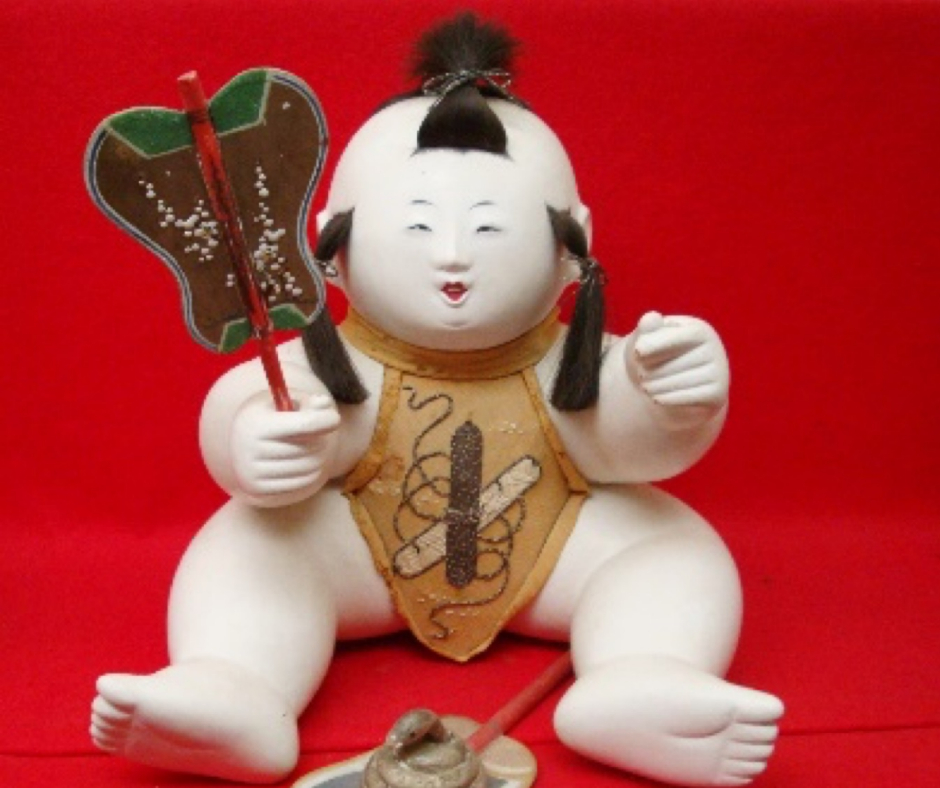 |
Gosho Dolls
Mid 19th Century |
Matsura Hiromu (Kanchū) 35th head of the Matsura family, received these Gosho dolls as a gift from Emperor Komei (1831-1866). Gosho dolls are a type of doll depicting chubby baby boys with plumb limbs, white skin and playful expressions. They were first made in Kyoto from the early 17th century onwards. Gosho could be translated as `Court` or `Palace` as originally the Imperial household used them as gifts, but later these auspicious dolls became very popular gifts in other layers of society as well. These 12 dolls represent the Chinese zodiac with each doll wearing a bib and carrying one of the 12 Chinese zodiac signs. |
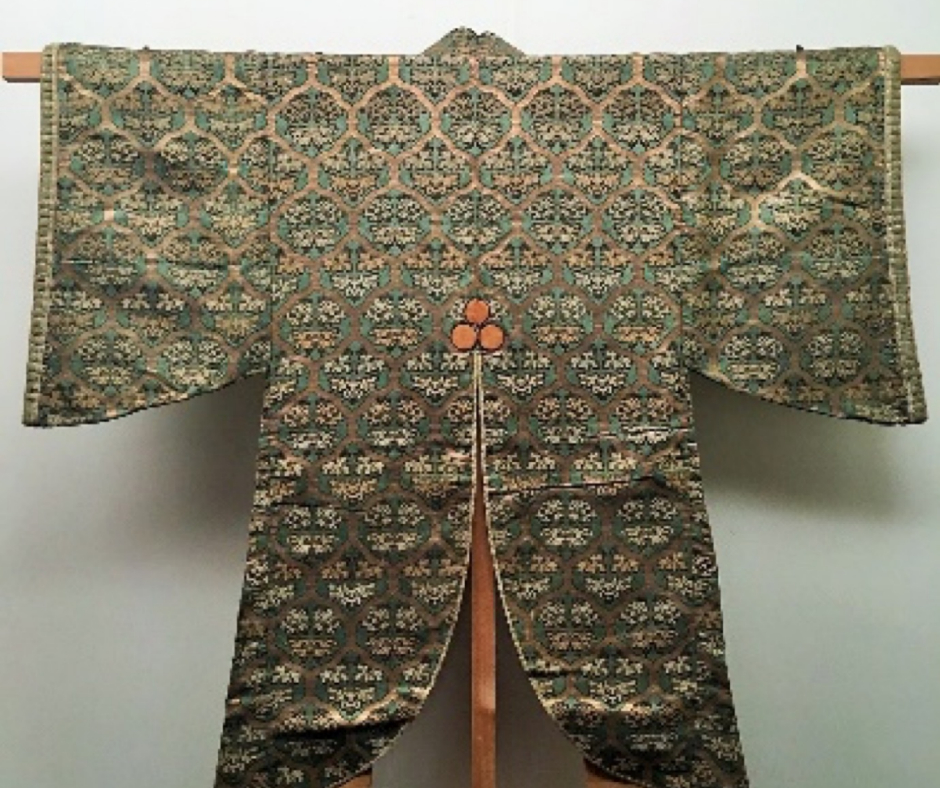 |
Sanshō Jinbaori
1855 |
This Jinbaori was worn by the 35th head of the Matsura family Matsura Hiromu (Kanchū). A Jinbaori was originally a type of jacket that was worn over the armor for protection against cold and rain by feudal warlords. Most Jinbaori are short and sleeveless but some have decorations and are made from silk, wool or velvet. From the 17th century onwards they became formal outside wear for samurai. |
























